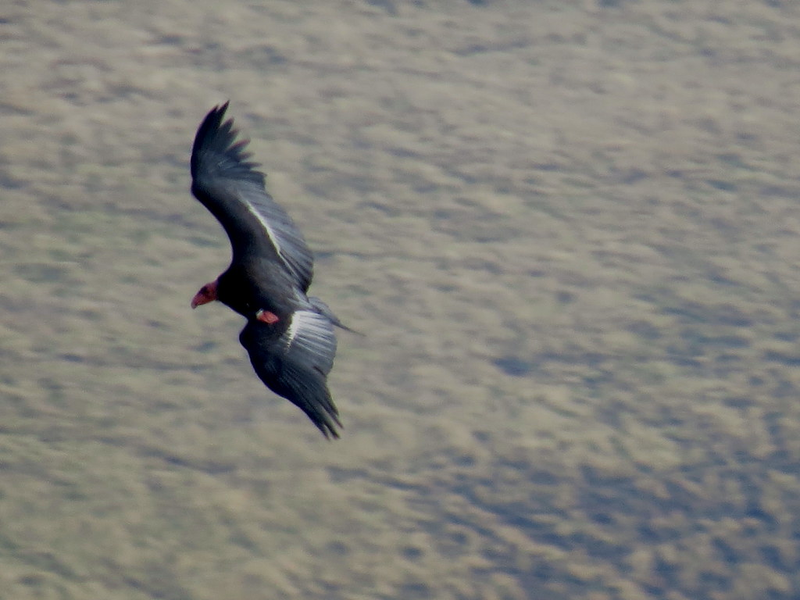Soaring Back from Extinction: How California Condors Are Reclaiming Their Lost Territories

Photo by USFWS Pacific Southwest Region | License
In the rugged landscapes of California, a remarkable story of environmental resilience is unfolding. The majestic California Condor, once teetering on the brink of extinction, is making a stunning comeback, spreading its massive nine-foot wingspan across regions it hasn’t inhabited for over a century.
The Ventana Wildlife Society has tracked an incredible milestone: 30 different condors exploring parts of Alameda and Contra Costa counties in recent years. A pioneering 6-year-old male condor, known as #996, has been leading these expeditions, taking over 60 trips into the East Bay as he searches for potential breeding grounds.
Historically, these incredible birds roamed freely along the West Coast, but by the 1960s, their population had plummeted to less than 100, primarily due to human-induced environmental threats. In a desperate attempt to save the species, every known condor was placed in captivity by the early 1980s, with only 23 birds remaining worldwide.
Today, conservation efforts have slowly but steadily rebuilt the population. Currently, fewer than 400 condors exist in the wild, spread across several flocks in California, Arizona, and Baja California. These birds can travel up to 150 miles in a single day, typically returning to their home base, showcasing their incredible endurance and adaptability.
However, challenges persist. Condors reproduce extremely slowly, laying just one egg approximately every two years. Modern threats like lead ammunition continue to pose significant risks to their survival. In 2022, condor #828 tragically died from lead poisoning, highlighting the ongoing environmental battles these birds face.
Conservationists remain hopeful. The Ventana Wildlife Society has been working closely with hunters and ranchers to replace lead ammunition with safer alternatives, demonstrating a collaborative approach to wildlife preservation.
While their current range expansion is promising, experts caution that substantial population growth is necessary to ensure long-term survival. As Kelly Sorenson, Ventana’s executive director, optimistically notes, the dream is to see condors thriving across California in the coming decades.
This remarkable journey of the California Condor represents more than just a conservation success story, it’s a testament to what collaborative, dedicated environmental efforts can achieve.
AUTHOR: pw
SOURCE: The Mercury News




















































